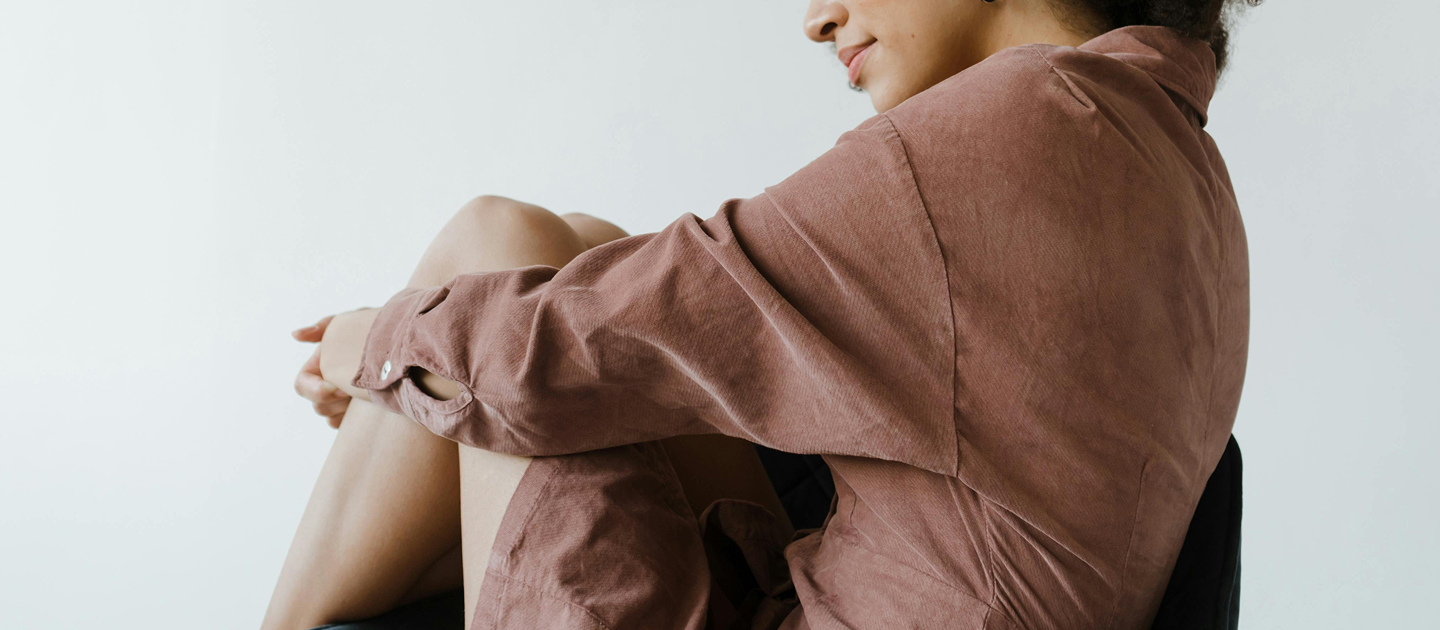
When it comes to intimate aesthetics, there are a variety of procedures designed to improve both appearance and comfort in the vaginal area. Two of the most commonly sought-after treatments are labial puffing and labiaplasty, but they serve very different purposes.
At PANTHEONS, we understand that choosing the right procedure is a personal and important decision. Whether you are looking to restore lost volume, reshape the labia, or address discomfort, our expert team can guide you through the differences between labial puffing and labiaplasty so you can make an informed, confident choice.
Labial puffing is a non-surgical or minimally invasive procedure designed to restore volume to the labia majora (the outer lips of the vulva). Over time, the labia majora can lose plumpness due to aging, hormonal changes, weight fluctuations, or menopause, resulting in a deflated, wrinkled, or sagging appearance.
Labial puffing is achieved using one of two techniques:
Labial puffing is ideal for individuals who:
Labial puffing does not involve tissue removal—instead, it enhances and restores fullness for a more rejuvenated, symmetrical look.
Labiaplasty is a surgical procedure that reshapes and reduces the size of the labia minora (the inner lips of the vulva). Some individuals experience enlarged, asymmetrical, or elongated labia due to genetics, childbirth, ageing, or hormonal changes, which can cause discomfort during exercise, intimacy, or everyday activities.
Labiaplasty involves precisely removing excess labial tissue while maintaining a natural shape and function. The two most common techniques include:
Labiaplasty is ideal for individuals who:
Unlike labial puffing, labiaplasty is a surgical procedure that removes excess tissue rather than adding volume.

Both procedures offer significant benefits depending on your specific concerns. Some patients combine labial puffing with labiaplasty for a comprehensive vaginal rejuvenation approach.
Book a consultation today and let our expert team at PANTHEONS help you choose the best treatment for your needs in a discreet, supportive, and luxurious environment.